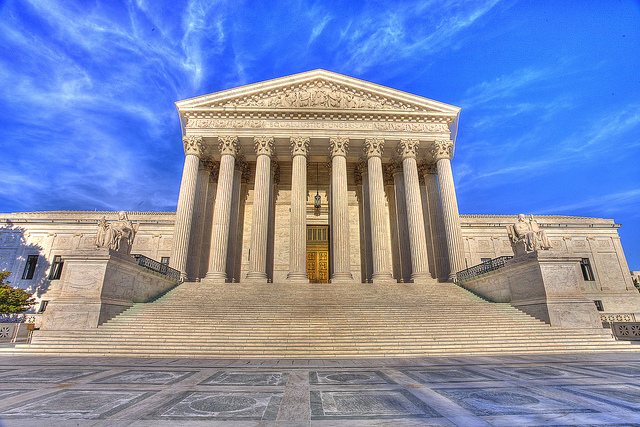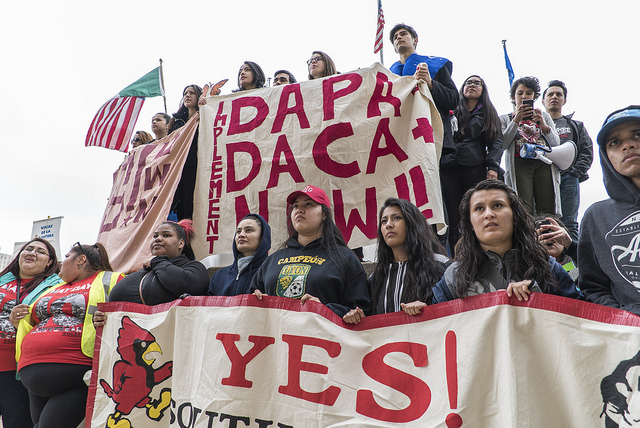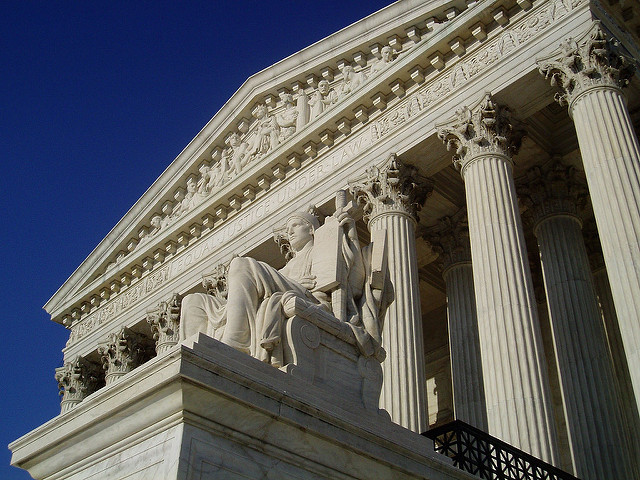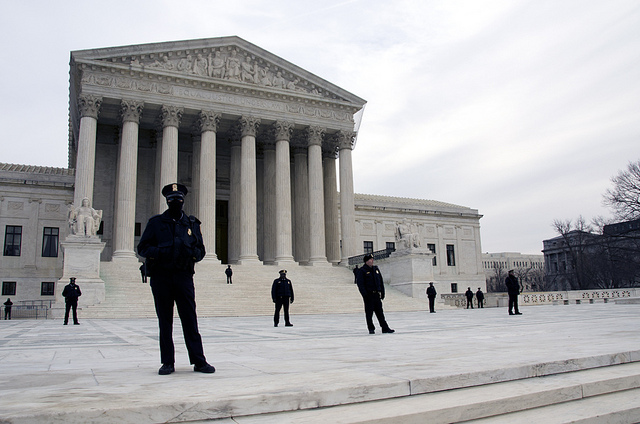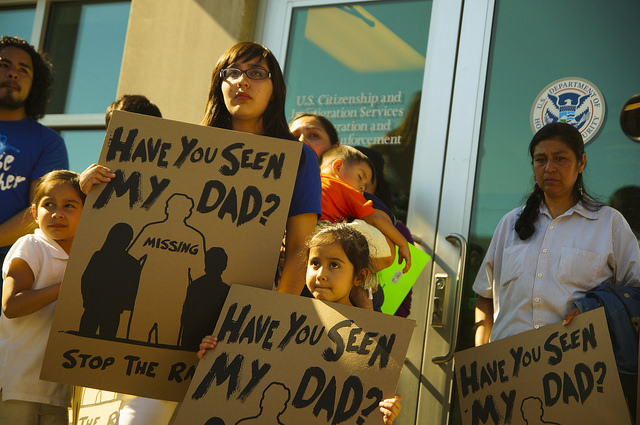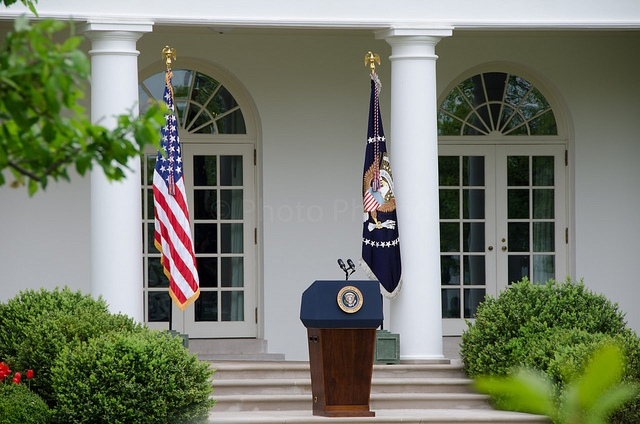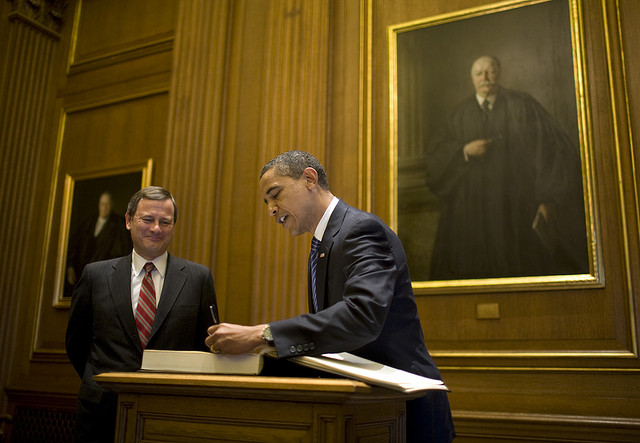On June 15, 2012 President Barack Obama first unveiled the Deferred Action for Childhood Arrivals (DACA) initiative to the world. In his 2012 announcement the President divulged that the DACA initiative would allow certain undocumented individuals who came to the United States as children the opportunity to be shielded from deportation and the right to a temporary work permit. To be eligible individuals were required to meet several guidelines to receive ‘deferred action’ for a period of two years, subject to renewal. USCIS began to accept applications for the DACA initiative on August 15, 2012.
At its core, ‘deferred action’ is the use of prosecutorial discretion to defer removal from the United States for a certain period of time. Although deferred action grants such deferment, it does not provide the individual lawful status and it is not a path to permanent residency.
On November 20, 2014 the President unveiled two initiatives that would expand the population eligible to obtain Deferred Action. Additionally, the President announced a new initiative called Deferred Action for Parents of Americans and Lawful Permanent Residents (DAPA). To be eligible for the expanded DACA program applicants were required to a) have entered the United States before the age of 16; b) demonstrate continuous residence in the United States since January 1, 2010; and pass required background checks. The initiative would also extend the period of ‘deferred action’ and work authorization to three years rather than two years.
Similarly, parents of U.S. Citizens and LPRs would be also be eligible for deferred action and employment authorization for a three-year period if a) they could demonstrate continuous residence in the United States since January 1, 2010 and b) pass required backgrounds checks. On February 16, 2015 just two days before applications would begin to be accepted for the expanded DACA and DAPA programs, a temporary injunction halted these programs from going into effect. The controversy that followed regarding these programs led to a federal lawsuit known as United States v. Texas which made its way to the Supreme Court of the United States. There the Supreme Court deadlocked in a 4-4 vote preventing these programs from going into effect.
 Visa Lawyer Blog
Visa Lawyer Blog



